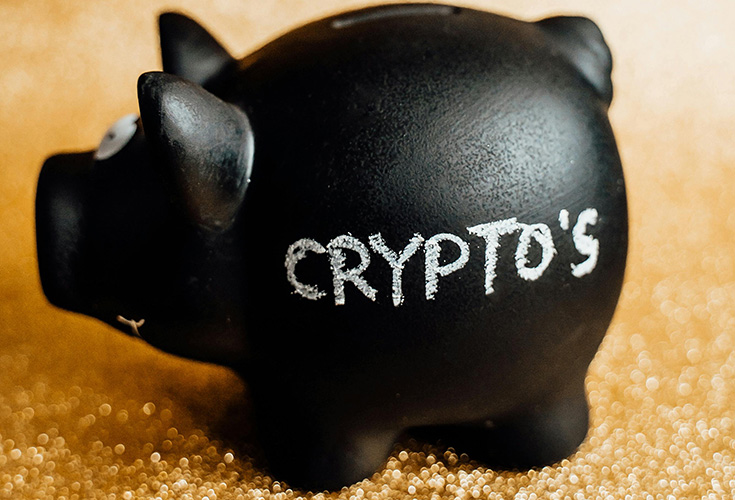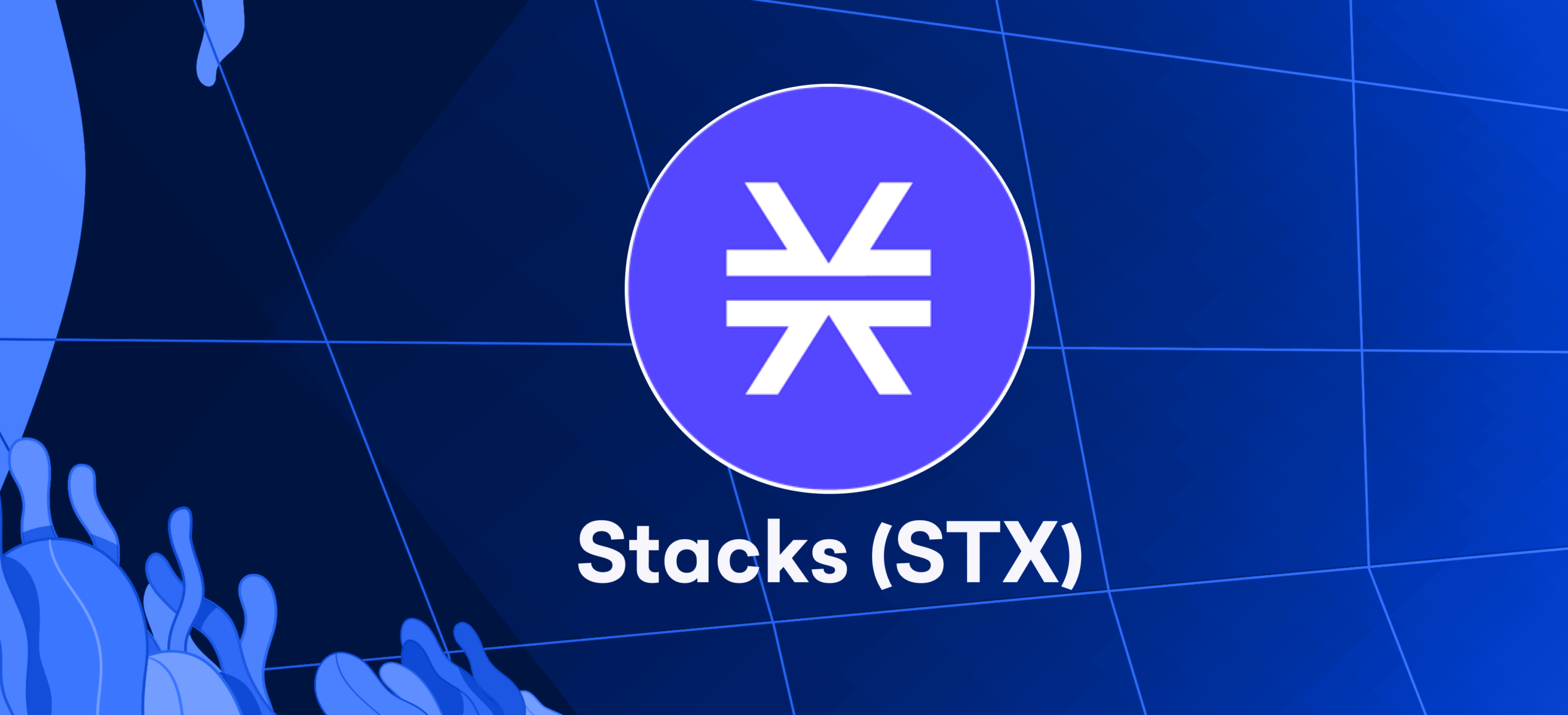
Introduction
Initial Coin Offerings ( ICO) emerged as one of the many outcomes within the vast realm of cryptocurrencies. They serve to raise capital for specific projects by offering blockchain-based digital assets for sale.
An Initial Coin Offering, or ICO, is often considered the cryptocurrency equivalent of an Initial Public Offering (IPO) in the stock market. While potential significant gains are possible from participating in ICOs, their lack of regulation inherently makes them highly risky ventures.
However, as a form of digital crowdfunding, Initial Coin Offerings (ICOs) allow startups to raise funds without compromising their ownership stake. Additionally, ICOs provide the opportunity to cultivate a community of motivated users who are invested in the success of the project. This collective support and involvement contribute to the appreciation of their presale tokens’ value.
Initial Coin Offerings vs. Initial Public Offerings: A Comparative Analysis
RephraseICPOs, short for Initial Coin Offerings, are often juxtaposed with IPOs, or Initial Public Offerings, which are the issuance of new stocks by private companies. Both ICPOs and IPOs serve as means for companies to raise capital.
The key differentiation between ICPOs and IPOs lies in the fact that IPOs involve the sale of securities and are subject to substantially more stringent regulations. A company must submit a registration statement to the relevant government authorities for approval for an IPO. This registration statement must include a prospectus featuring financial statements and potential risk factors.
In contrast, when it comes to Initial Coin Public Offerings (ICPOs), the focus is on selling cryptocurrency rather than securities. This distinction liberates ICPOs from the formal requirements typically imposed on IPOs. However, it is worth noting that if a company attempts to bypass regulations by conducting an ICPO for assets that fall under the definition of securities, it may face legal consequences.
ICPOs and IPOs both carry inherent risks. However, IPOs are generally regarded as safer because they undergo regulatory oversight. For those feeling overwhelmed by the multitude of ICPO options available, selecting IPO stocks can provide a more secure alternative.
When Did Everything Begin?
The Birth of the ICO Phenomenon (2013-2014)
In the year 2013, a pivotal moment occurred in the crypto world. It was then when J.R Willet, a software engineer, authored a whitepaper titled ‘The Second Bitcoin Whitepaper.’
This influential document introduced the concept of a groundbreaking token known as Mastercoin, later renamed Omni Layer. The vision resonated with the crypto community and led to a successful crowdfunding campaign that raised $600,000 in funding.
The Rise of Ethereum and Early ICOs (2014-2015)
In 2014, the landscape of Initial Coin Offerings (ICOs) underwent significant changes. Notably, seven pioneering projects secured an impressive $30 million in funding. Among them, Ethereum emerged as the standout, raising a staggering $18 million by selling 50 million ETH tokens to the public.
The following year, 2015, witnessed somewhat subdued activity but saw several ICOs collectively raising $9 million. Augur stood out as the top earner with a substantial $5 million raised independently.
A Flourishing Ecosystem (2016-2017)
In 2016, ICO activities gained substantial momentum, marking a pivotal turning point. 43 ICOs, including projects like Lisk, Golem, Waves, and Iconomi, secured an impressive $256 million in funding.
It is noteworthy that this period also witnessed the infamous Ethereum DAO incident, further highlighting the growing complexity and challenges within the ICO realm.
The ICO Surge to Unprecedented Heights (2017)
In 2017, the world witnessed an unprecedented surge in ICOs. Fueled by technological advancements and a keen investor appetite, these token offerings reached astounding heights.
A staggering total of 342 ICOs brought in an impressive $5.4 billion, firmly establishing them as pioneers in blockchain innovation. However, this remarkable chapter in cryptocurrency fundraising was not without its flaws.
The rapidity with which ICOs sold out overshadowed traditional scrutiny of project fundamentals as eager investors rushed to “join the bandwagon.” Nonetheless, it was undeniably a momentous milestone in the history of cryptocurrencies.
Exploring ICO Varieties
ICOs come in two flavors: private and public.
Private ICO
In private initial coin offerings, only a select few investors have the opportunity to participate. These exclusive ICOs typically cater to accredited investors such as financial institutions and high-net-worth individuals. The company sets a minimum investment amount for these privileged participants.
Public ICO
Public ICOs are a crowdfunding method that aims to involve the general public in investing. These offerings serve as a democratized avenue for investment, enabling almost anyone to participate. However, due to regulatory restrictions, private ICOs are emerging as a more viable alternative to their public counterparts.
How Does an ICO Function?
The first issue for the organizers of a cryptocurrency project looking to raise money through an Initial Coin Offering (ICO) is figuring out how to structure the coin.
ICOs can adopt various structures, providing diverse options for organizing such fundraising events.
Static Price and Static Supply
A firm can establish a specific financing goal or limit. This means that for each token sold during the ICO, there is a predetermined price, and the total supply of tokens remains fixed.
Dynamic Price and Static Supply
An Initial Coin Offering (ICO) can feature a fixed number of tokens available and a flexible funding goal. This means that the total amount of capital raised during the ICO directly influences the price per token.
Static Price and Dynamic Supply
Some Initial Coin Offerings (ICOs) adopt a unique approach wherein the token supply is dynamic while the price remains static. This essentially implies that the collection is contingent upon the funding received.
Qualifying for an ICO: The Project’s Path
The initial sentence is: “An ICO aims to leverage the blockchain’s decentralized system in fundraising efforts, which aligns with the interest of various investors. To reach that stage, a project needs to go through certain steps, such as the following.” Improved version: “In fundraising efforts, an Initial Coin Offering (ICO) aims to utilize the decentralized blockchain system.
Identifying Potential Investors
The firm analyzes its target audience for the fundraising campaign. It then develops detailed information or projects to attract potential investors. Every ICO commences with a company’s aspiration to secure funds.
Token Generation
In the next phase, tokens play a crucial role. Essentially, tokens are blockchain representations of assets or functions. They possess two notable qualities: fungibility and tradability. It is important to note that tokens should not be mistaken for cryptocurrencies, as they are merely adaptations of existing cryptos. Unlike stocks, tokens do not typically offer ownership in a company. Instead, most tokens grant their owners a share in a product or service developed by the company.
Campaign Promotion
Corporations often utilize campaign promotion tools to attract new investors. Notably, these campaigns are primarily conducted online to maximize investor reach. However, prominent web platforms like Facebook and Google now place restrictions on advertising ICOs.
The Offering
After the production process, tokens are subsequently distributed to investors through offerings. These offerings may be divided into multiple rounds. Subsequently, the firm can utilize the initial coin offering (ICO) processes to develop a new product or service. Meanwhile, investors have the option to anticipate using these acquired tokens for personal gain through this product/service or patiently await an appreciation in their value.
Why Do We Need ICOs?
Not all projects can successfully raise funds through an Initial Coin Offering (ICO). It’s important to recognize that an ICO serves a purpose beyond simple capital acquisition. Before considering an ICO, it is crucial to take into account the following aspects:
- How can token and blockchain technology significantly enhance a business, product, or service beyond just injecting short-term capital?
- To ensure token holders achieve a reasonable and sustainable return on investment in the long run, what strategies can be implemented?
- Like any successful business, product, or service, the most effective ICOs possess a clearly defined purpose for utilizing blockchain technology.
ICO Regulation: What’s the Deal?
ICOs operate within a regulatory gray area since there are no specific regulations designed exclusively for them. However, if an ICO qualifies as a securities offering, it becomes subject to governmental oversight and must adhere to securities regulations.
In certain countries like China, Nepal, Bangladesh, Macedonia, Bolivia, and Ecuador, there is a strict approach towards ICOs with an outright ban in place.
ICO Launch Eligibility: Who Qualifies?
In the United States, where ICOs have minimal regulations, anyone can start a new blockchain and launch an ICO. However, without sufficient oversight, individuals may use deceitful tactics to convince you of their ICO’s legitimacy only to vanish with the funds. Undoubtedly, among all conceivable fundraising methods, an ICO represents one of the easiest ways for orchestrating a scam.
When to Identify the Launch of an ICO?
Various exchanges, websites, and aggregators list new currencies. For instance, Coinbase, Gemini, Kraken, CoinGecko, and CoinMarketCap are prominent examples. In addition to these platforms, new coins are often promoted through social media channels like Twitter.
The Boon
ICOs can be both promising opportunities and significant challenges, contingent upon the specific project in which an investor is involved.
Some of the advantages of ICOs are
- Once individuals can generate substantial profits, they can determine which cryptocurrency holds a dependable potential for investment. Early purchases often come with lower prices, and some {coin offerings (ICOs) offer discounted tokens.
- In an Initial Coin Offering (ICO), anyone has the opportunity to participate, unlike specific Initial Public Offerings (IPOs) with investment restrictions.
- It is a quick and effective way for startups to raise capital.
The Bane
The disadvantages or risks of ICOs are
- In the realm of cryptocurrency projects, there exists a significant peril: the potential depreciation or outright failure of tokens. This precarious outcome is primarily attributed to the inherent volatility in such ventures.
- The lack of proper regulations often breeds scams and subpar projects, making it challenging to distinguish a genuine venture from a sea of deceptive ones. It’s like searching for a needle in a haystack when sifting through upcoming ICOs in pursuit of an exceptional project.
- Investing in ICOs typically requires some understanding of crypto wallets. However, individuals new to the crypto industry often find it easier to stick to cryptocurrency stocks or publicly traded coins.
Conclusion
An Initial Coin Offering (ICO) serves as a method for cryptocurrency startups to raise funds by selling new digital tokens to investors in exchange for capital. This approach has gained popularity within the crypto space, offering an avenue for fundraising. However, it is crucial for potential participants to carefully evaluate the regulatory and investment risks associated with ICOs before considering involvement.








